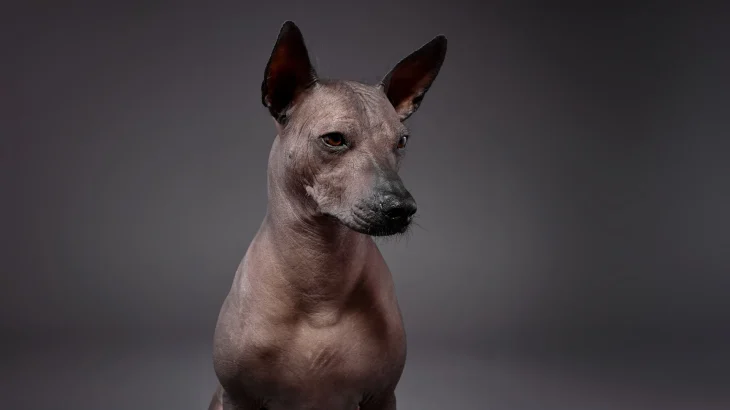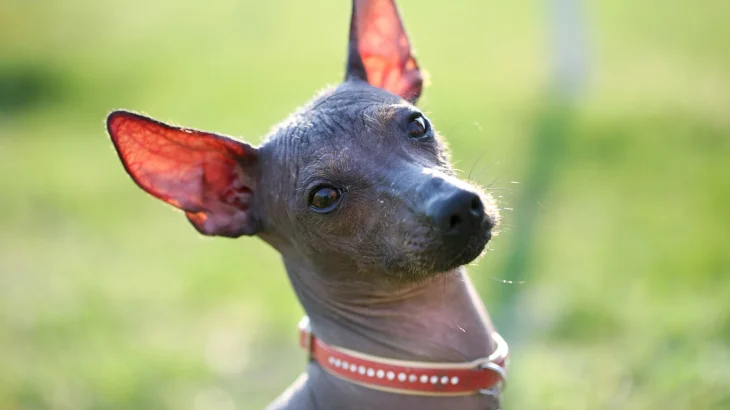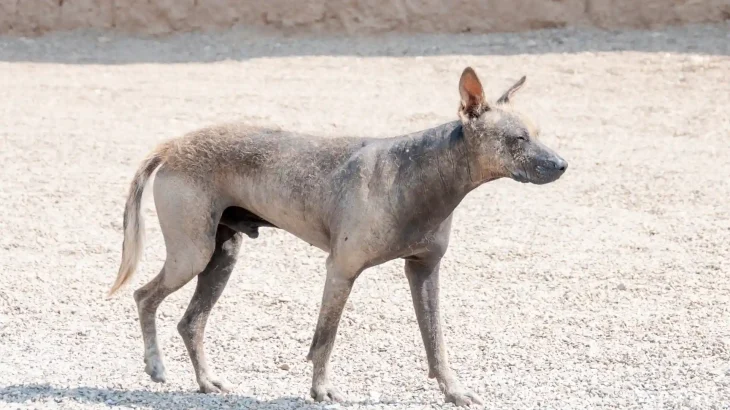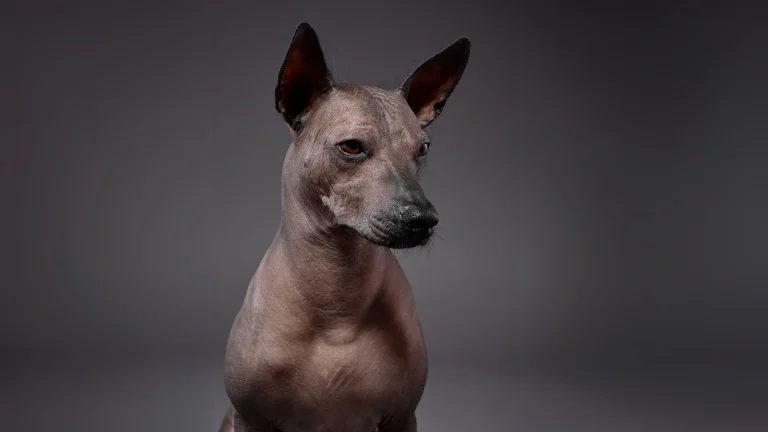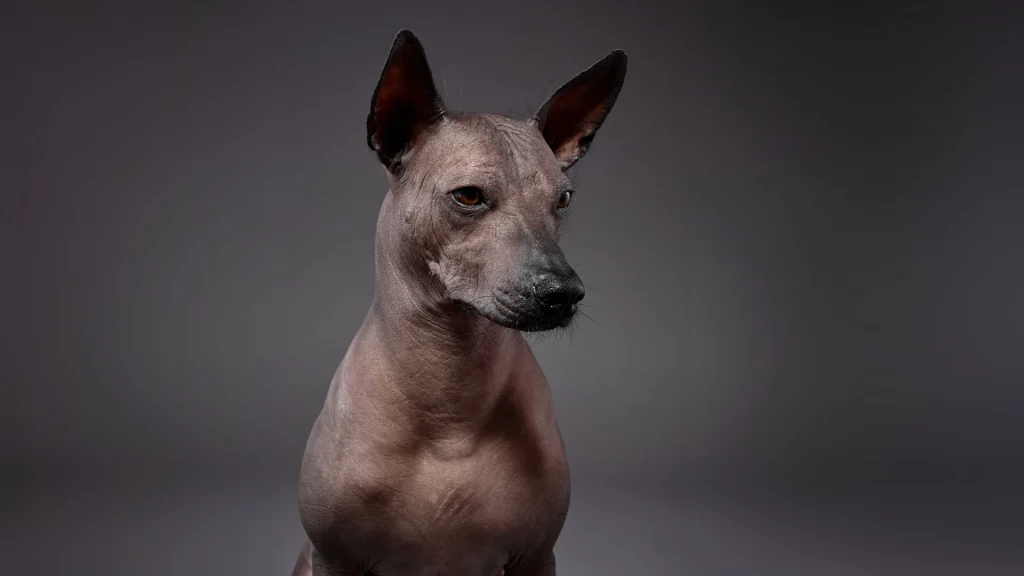Deciding whether to bring home a Peruvian Inca Orchid puppy from a breeder or to adopt one involves weighing factors like health history, cost, and ethical considerations. While breeders often ensure pedigree and provide detailed health info, adoption offers a chance to rescue a dog in need and may come at a lower cost. Both routes have unique benefits depending on what matters most to you in your puppy journey.
Adoption vs. Breeder: Pros & Cons
| Criteria | Buying from Breeder | Adopting from Shelter/Rescue |
|---|---|---|
| Cost | Usually higher; purebred puppies can cost several hundred to a few thousand dollars. | Typically lower adoption fees, often covering vaccinations and spaying/neutering. |
| Health History | Comprehensive health screening and genetic testing offered by reputable breeders. | Health history may be incomplete, but shelter dogs receive basic medical care. |
| Age Availability | Primarily puppies, allowing early socialization and training. | Wider age range, including adult dogs ready for adoption. |
| Temperament Insight | Breeders can provide info on lineage temperament trends. | Shelter staff offer behavior observations, though history may be unknown. |
| Supporting Practices | Supports selective breeding focused on breed standards; choose ethical breeders. | Promotes animal welfare by giving homes to dogs in need. |
| Breed Purity & Pedigree | Pedigree documentation preserves breed lineage. | Breed often uncertain or mixed; purebred Peruvian Inca Orchids are rare in shelters. |

